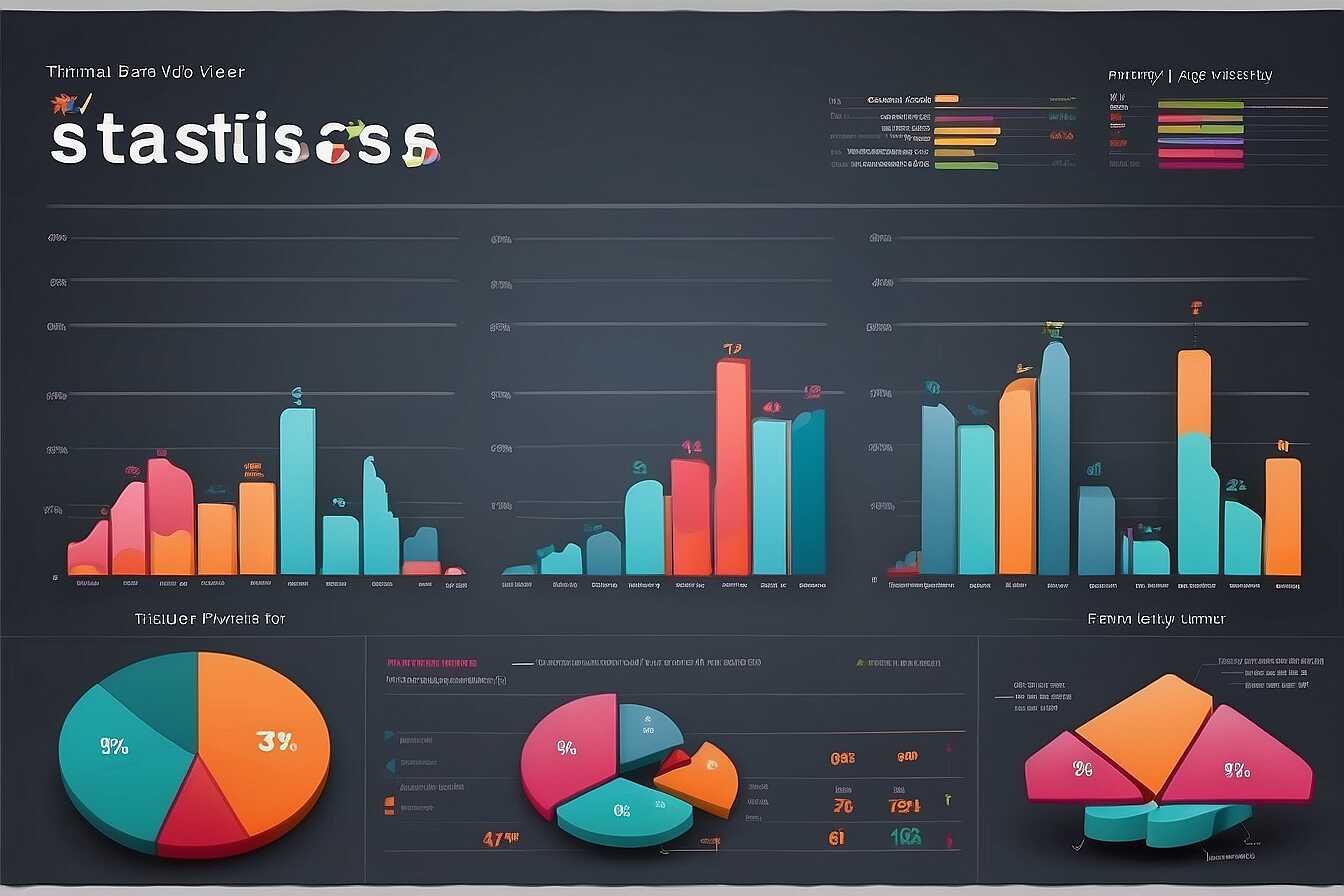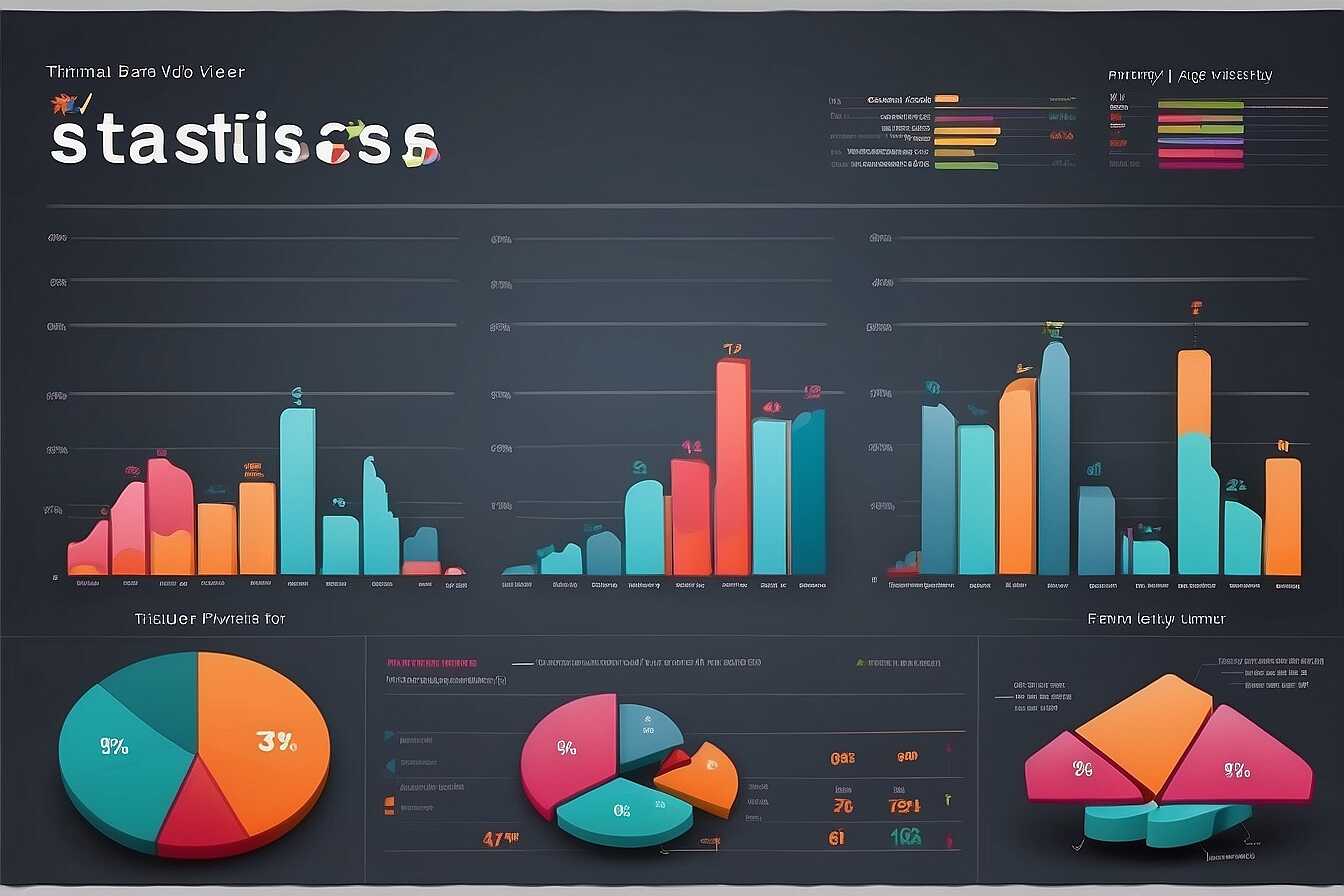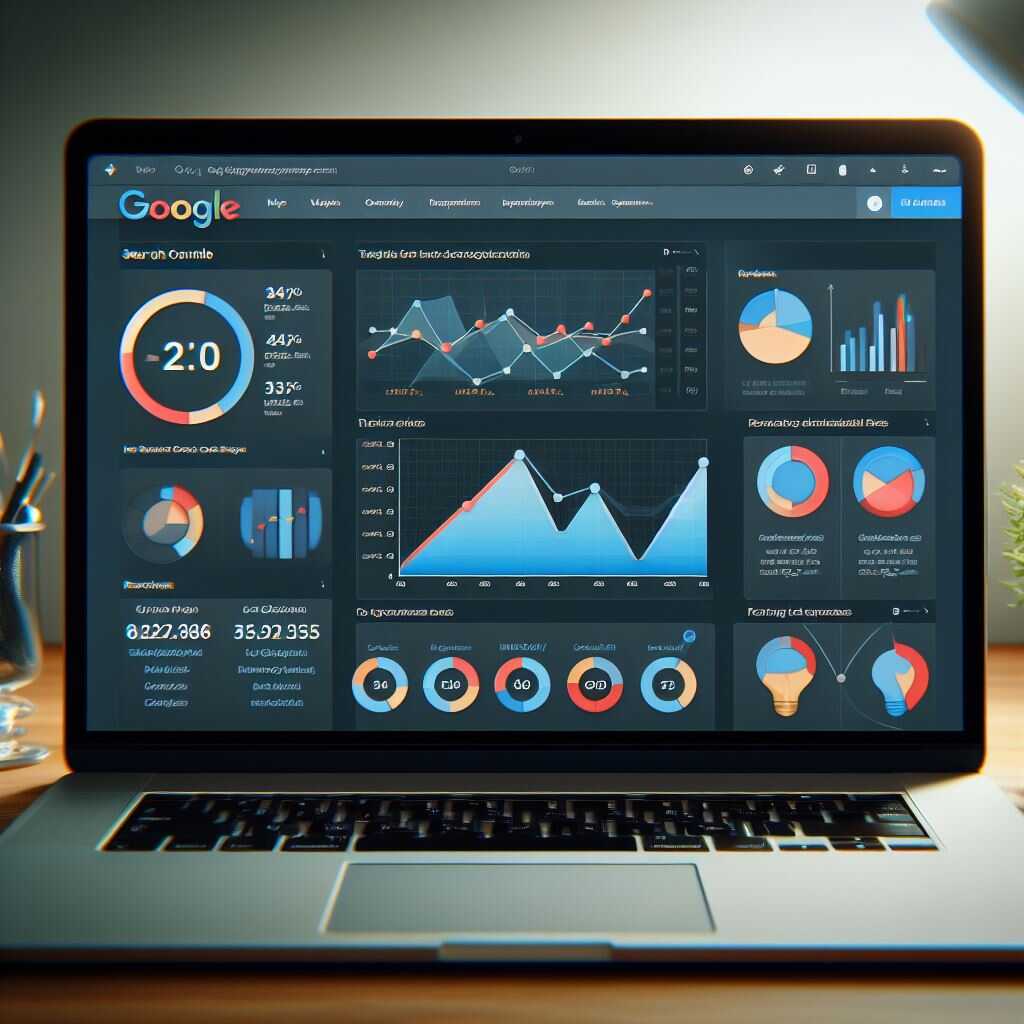To craft shareable content that boosts SEO and social media reach, you need to develop strategic techniques. Engaging content not only captivates your audience but also enhances your visibility in search engine results. At Metrics Rule, we specialize in providing actionable insights that can help you create content designed for sharing, ultimately improving your online presence and driving more traffic to your site. By focusing on both engagement and optimization, we empower content creators and digital marketers to succeed in a competitive landscape.
Understanding the Importance of Shareable Content for SEO Success
Shareable content is essential for improving SEO rankings due to its ability to generate social signals. Search engines, like Google, consider these social signals—likes, shares, and comments—as indicators of content quality. When users engage with content and share it across social media platforms, it creates a ripple effect, enhancing overall search engine visibility. Notably, entities such as social media platforms like Facebook, Twitter, and LinkedIn contribute significantly to the reach and engagement of shareable content. Research shows that effective shareable content strategies can lead to a 30% increase in website traffic, reflecting its powerful role in driving SEO outcomes.
How Social Signals Influence Your Content’s Search Engine Ranking
Social signals play a crucial role in how your content performs in search engine results. When posts get shared widely, it boosts their credibility and visibility, leading to higher rankings. Engaging content that captures the audience’s attention encourages users to share across various platforms. This increases backlinks and traffic, which improves crawling and indexing by search engines. For instance, if a blog post receives numerous shares on platforms like Facebook, it signals to Google that the content is valuable. Consequently, your website may experience improved performance, resulting in higher positioning in search engine rankings. In this competitive landscape, utilize tools and analytics effectively to measure the impact of social shares and optimize your content strategy.
Researching Your Audience to Craft Relevant Content
Understanding your audience is essential for creating content that resonates. The most effective methods for researching your audience include using tools like Google Analytics, social media insights, and surveys. These tools provide you with reliable data about your target audience’s preferences, interests, and demographic information. By identifying the specific demographics such as age, gender, and location—and assessing their interests—you can create highly shareable materials that engage users. Additionally, surveys help gather direct feedback, ensuring your content meets their specific needs. According to recent studies, 80% of marketers believe understanding audience data improves content relevance.
Utilizing Google Analytics for Audience Insights
Google Analytics is a powerful tool designed to enhance your audience research efforts. It provides detailed insights into your site’s traffic patterns, user demographics, and behavior. For example, you can easily analyze which pages receive the most visits, giving you a clear indication of your audience’s interests. Furthermore, Analytics allows you to segment users based on various criteria, such as location or device type. This capability enables you to target specific segments more effectively with tailored content. By leveraging this data, you can craft content that not only improves your SEO but also enhances social media engagement, ultimately driving better results.

Leveraging Various Formats to Boost Content Shareability
To increase shareability on social media, using various content formats is crucial. Engaging videos, infographics, and interactive content elements naturally encourage sharing among users. Research shows that video content can increase engagement by up to 1200% compared to text-based posts. Infographics are also effective, as they can summarize complex information into easily digestible visuals. By understanding which formats perform best across different social media platforms, content creators can tailor their strategies for maximum reach and visibility. For instance, videos tend to perform excellently on platforms like Facebook and Instagram, while infographics thrive on Pinterest and LinkedIn.
Choosing the Right Format for Your Audience
To choose the right content format, consider your target audience’s preferences and the platform they use. For example, younger audiences on TikTok may prefer short, engaging videos that tell a story quickly. In contrast, professionals on LinkedIn might find value in detailed infographics that provide industry insights. Data from social media research indicates that 54% of consumers prefer to see video content from brands they support, emphasizing its effectiveness. By aligning content formats with audience interests, you’re ensuring greater engagement and shareability, ultimately enhancing your overall social media strategy.
Fascinating Statistics on Engaging Online Material
- Content with images receives 94% more views than text-only posts.
- Social media posts that include videos are shared 1,200% more than text and images combined.
- 55% of visitors spend 15 seconds or less on a webpage.
- Infographics are liked and shared 3 times more than any other type of content.
- Articles with titles of 6 words or less get 21% more traffic than longer titles.
- Around 70% of content shared on social media is generated by brands.
- Content that contains statistics is 30% more likely to be shared.

Creating Compelling Headlines that Drive Shares
Crafting catchy headlines is essential for driving shares and improving click-through rates. Key elements to include are clarity and intrigue. A great headline should also evoke emotions, such as curiosity or excitement, prompting users to click and share. Brands like BuzzFeed and Upworthy are known for effective headlines that combine these elements. Research indicates that around 80% of people are more likely to share content when the headline resonates with them.
Effective Strategies for Crafting Attention-Grabbing Headlines
To ensure your headlines create interest, incorporate numbers, questions, or emotional triggers. For example, using lists or how-to formats helps in captivating audiences. Ensuring your titles are concise, ideally between 6 to 12 words, can significantly enhance readability and shareability. Testing headlines through A/B strategies is also a great way to find what works best for your audience. Websites like Metrics Rule provide data and insights on which headline styles function best, ultimately leading to improved engagement.

Incorporating Essential SEO Techniques into Content Development
Integrating essential on-page SEO techniques enhances the visibility of your content. Begin by optimizing title tags and meta descriptions, as they attract clicks from search engine results. Use header tags (H1, H2, H3) to organize content logically, improving reading experience and SEO. Additionally, engaging multimedia elements like images and videos can enhance shareability. Keyword research is critical—though incorporating 1-2 primary keywords naturally into your text helps search engines understand what the content is about. Tools like Google Analytics and SEMrush provide insights to monitor your content’s performance and adjust strategies for higher rankings.
Utilizing Keyword Research to Direct Content Creation
Effective keyword research is foundational for targeting search intent. Utilize tools that analyze search volume, competition, and relevancy to identify the best opportunities. Based on current trends, focus on long-tail keywords that match user queries, relevant to your niche. Employ these keywords naturally throughout your content, aiming for a density of approximately 1-2% for optimal results. This strategy enhances the likelihood of your content ranking well, consequently improving its discoverability on platforms like Google and Bing. Moreover, regular reviews and updates based on insights gained will ensure your content remains aligned with changing search behaviors.
Advantages of Creating Viral Online Content
- Boosts organic traffic to your website.
- Enhances brand visibility across various platforms.
- Increase in shares leads to higher backlinks.
- Improves audience engagement and interaction.
- Drives higher conversion rates and sales growth.
- Establishes authority and credibility in your niche.
- Encourages positive customer feedback and reviews.

Maximizing Reach through Targeted Social Media Distribution
To effectively distribute content across social media platforms, it’s crucial to tailor strategies to each platform’s user behavior and preferences. For example, visually engaging content such as infographics and videos tends to be more shareable on platforms like Instagram and TikTok. In contrast, articles and blog posts can perform better on LinkedIn and Facebook. By understanding the unique characteristics of each platform, you can enhance your content sharing opportunities and reach a broader audience. This targeted distribution helps ensure your content gains visibility and engages your audience effectively.
Identifying the Right Content for Social Media Success
Determining the right content type to share on social media significantly impacts your brand’s visibility and engagement. For example, short-form videos can drive higher engagement on TikTok and Instagram Reels, while long-form educational articles excel on LinkedIn and Facebook. Moreover, user-generated content and testimonials can provide a personal touch that enhances reliability and fosters trust. Engaging in research on trending topics and audience interests helps refine your approach, ensuring that your content resonates well with your target audience. Implementing comprehensive content strategies can yield impressive results, empowering your brand’s online presence in 2025 and beyond.
Fostering User Engagement to Increase Viral Potential
To boost user engagement and increase the viral potential of your content, employ techniques like asking open-ended questions, creating polls, and incentivizing comments and shares. Leverage prompts that invite readers to share their own experiences. Platforms such as Facebook, Twitter, and LinkedIn offer excellent tools for enhancing user engagement by allowing users to easily comment and share. Creating content specific to your audience’s interests and encouraging community interaction can significantly enhance visibility and organic reach. On average, content can reach a broader audience with just 100 interactions, making it more likely to go viral.
Effective Strategies for Social Media Engagement
Implementing effective strategies for social media engagement is crucial for increasing your content’s reach. Use compelling visuals that capture attention and include clear calls-to-action (CTAs) that invite users to comment or share. Tailor your content to resonate with your target audience and utilize trending hashtags to improve discoverability. Posting during peak times when your audience is most active can further enhance visibility. Engaging with users by responding to comments and messages improves trust and encourages further interaction. Remember, building a community around your content not only boosts its visibility but also fosters loyalty and encourages users to share your content across their networks.
Brands and Demographics Influenced by Shareable Material
- BuzzFeed attracts young adults by using fun quizzes and engaging lists.
- HuffPost targets a diverse audience with news and lifestyle content.
- Infogram appeals to marketers with easy-to-make infographics.
- Medium serves writers and readers seeking thoughtful articles.
- Facebook appeals to a wide range of ages with varied content types.
- Twitter engages professionals with real-time news updates.
- Instagram showcases visual storytelling for brands and influencers.
Evaluating Content Performance to Inform Future Strategies
To measure content performance, focus on metrics such as social media shares, website traffic, and engagement rates. Analyzing these metrics helps you understand effectiveness in terms of both SEO impact and audience reach. Techniques like A/B testing and utilizing tools such as Google Analytics and SEMrush offer valuable insights. These tools can analyze content effectiveness and deliver data on keyword rankings, bounce rates, and user demographics. Insights gathered from these analytics guide strategies to improve content and further enhance social media shares and website traffic.
Selecting the Right Tools for Content Analysis
Choosing the right tools for analyzing content performance is essential for gaining reliable insights. Platforms like Google Analytics provide detailed reports on traffic sources, user behavior, and content effectiveness. Additionally, social media analytics tools like Hootsuite and Buffer track performance metrics for shares, likes, and comments. These insights allow for effective comparison between content pieces, helping you understand what resonates best with your audience. By selecting the most effective tools, you can streamline your content strategy and ensure each piece delivers optimal SEO impact and engagement.
